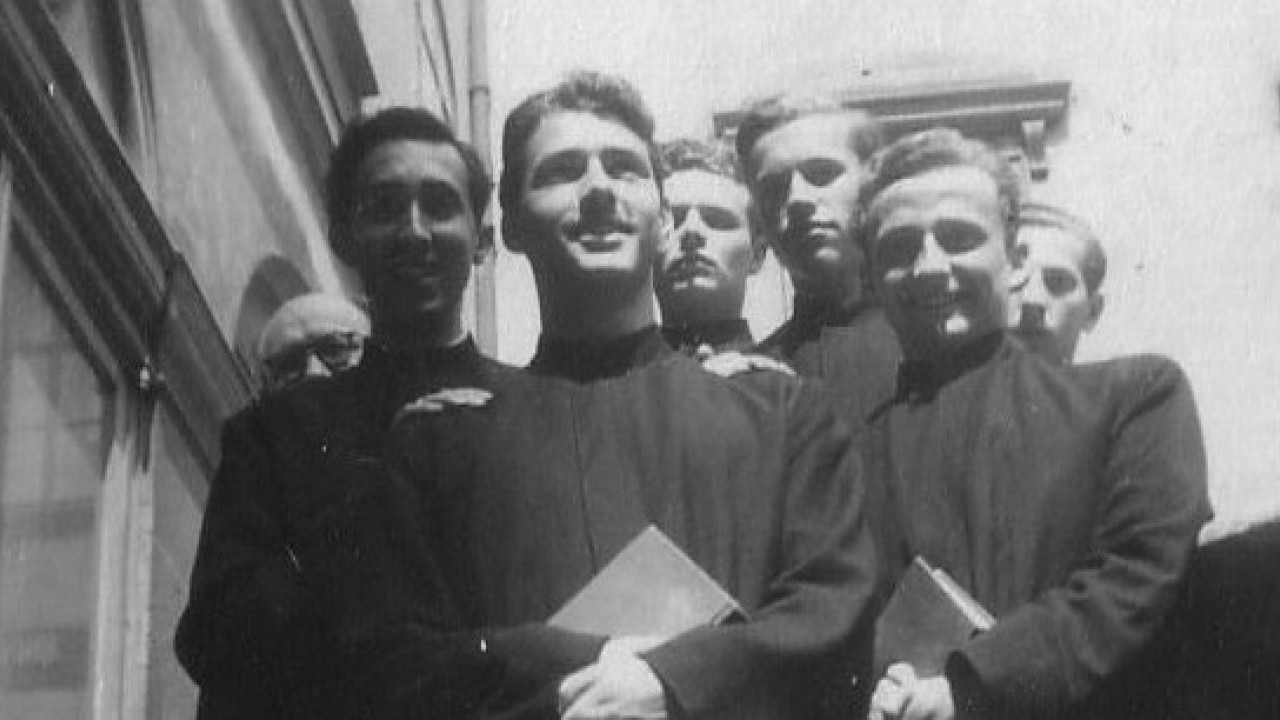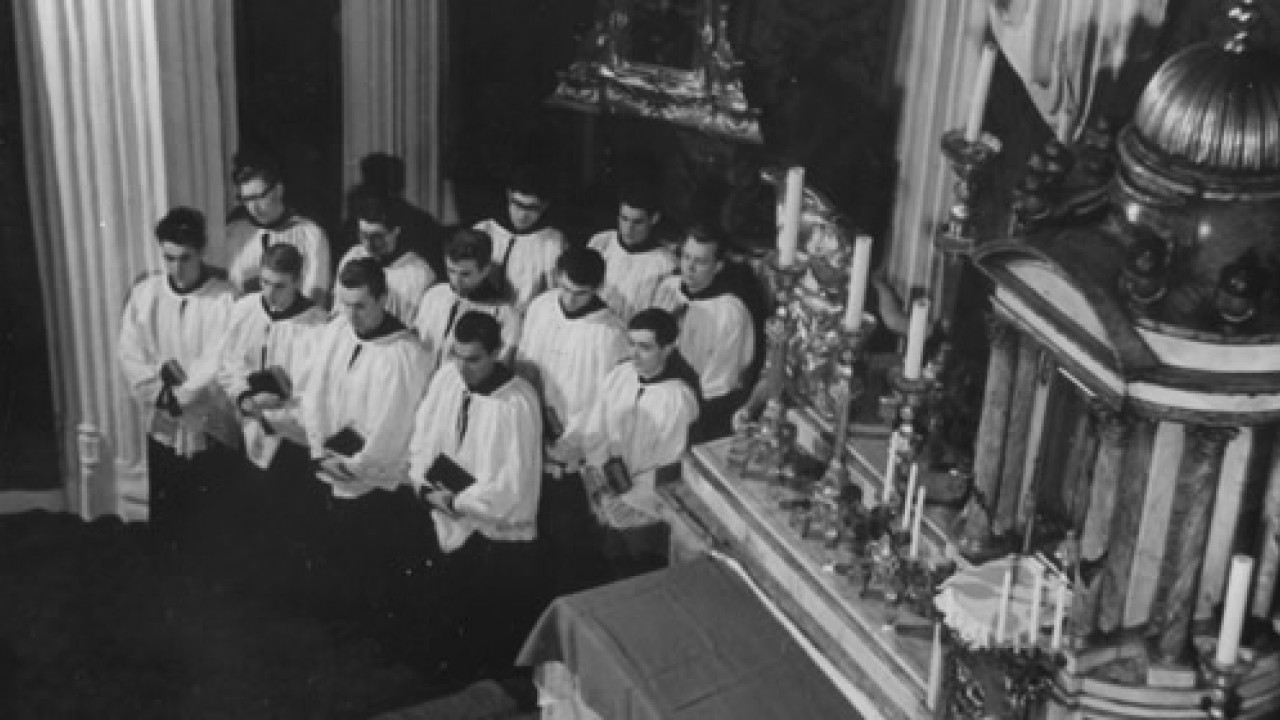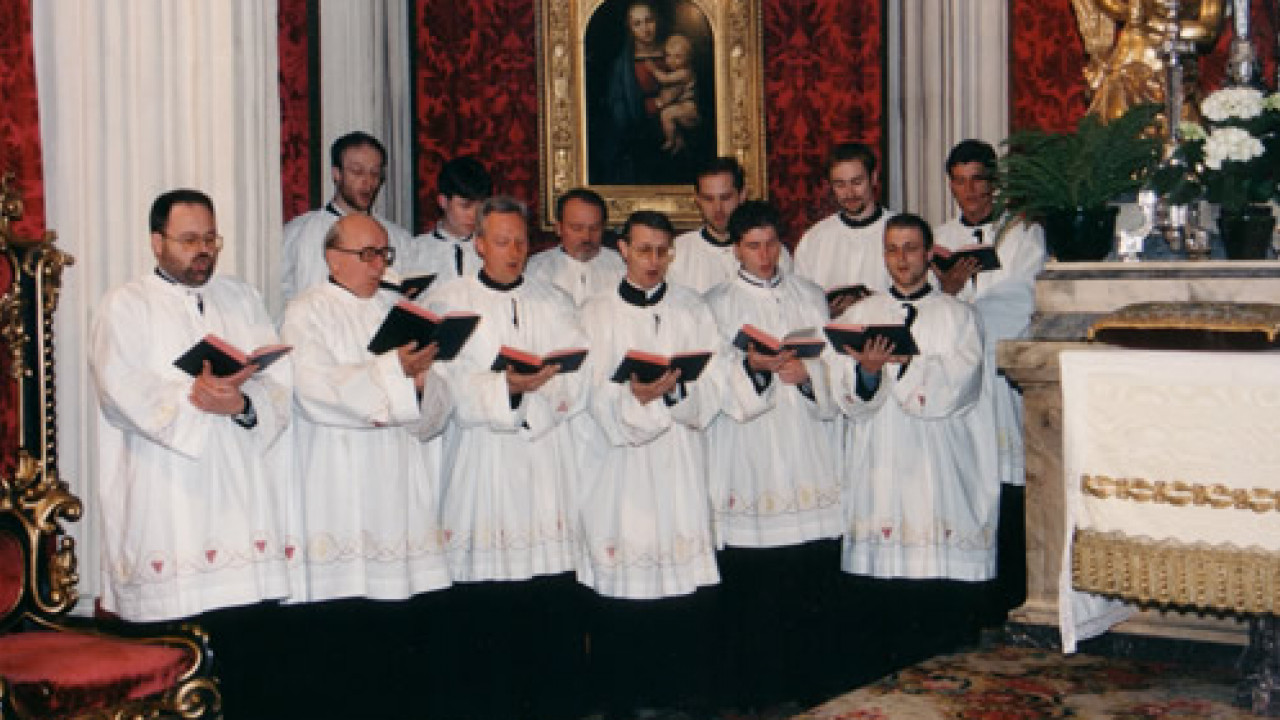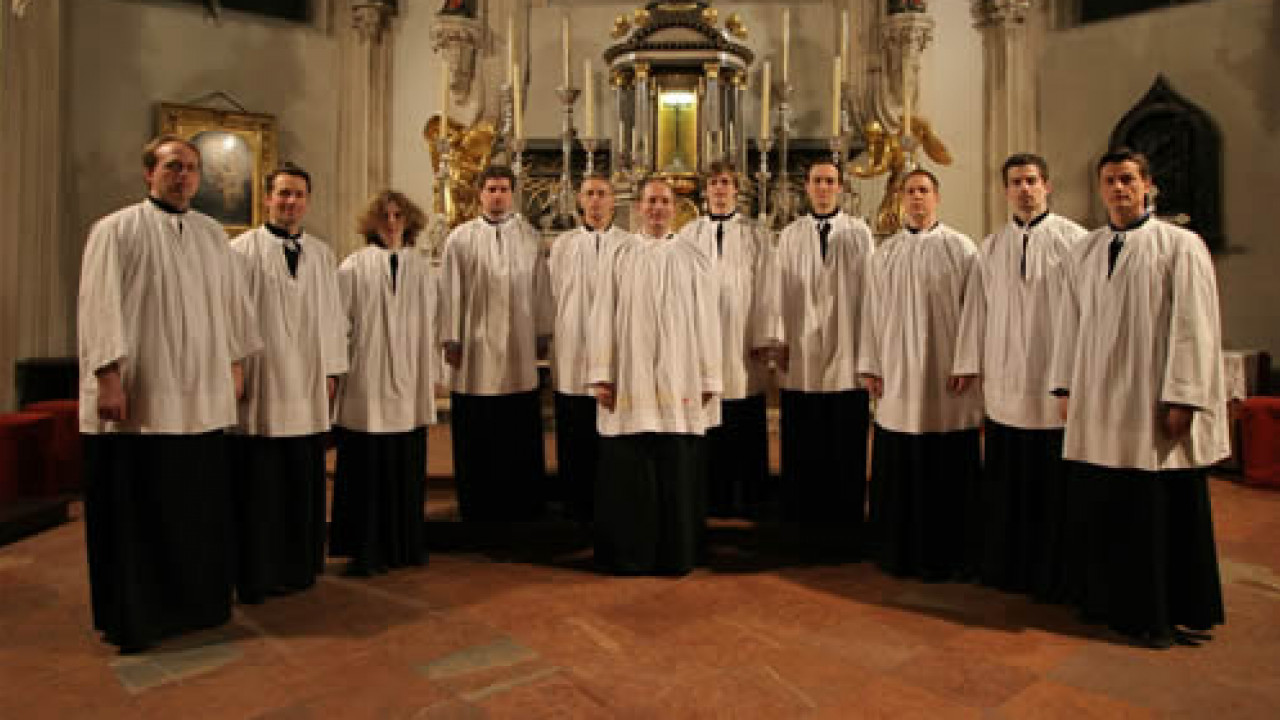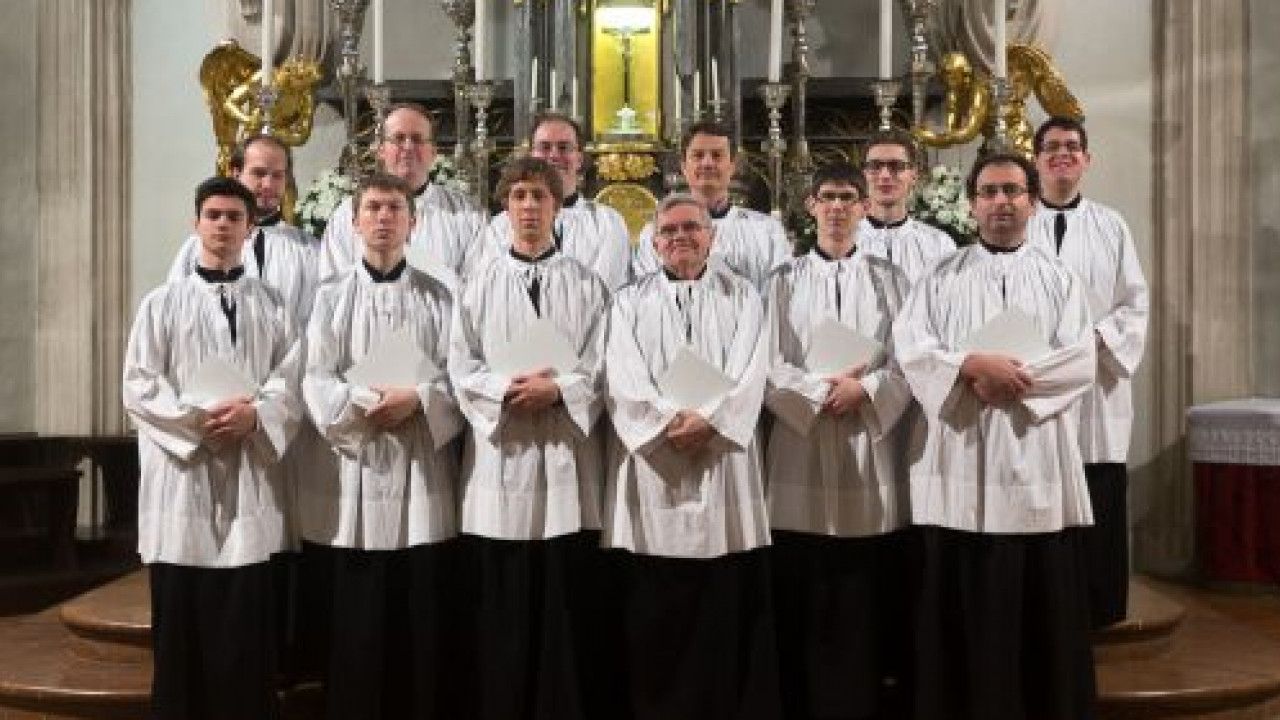Emperor Maximilian I institutionalised "chapel boys" for his Imperial Chapel in Vienna at the end of the 15th century - following the Burgundian model. After the collapse of the Habsburg monarchy in the 20th century, this centuries-long tradition was continued by the founding of the Vienna Boys' Choir in 1924. The continued existence of the now world-famous Boys' Choir is due to the then rector of the Vienna Imperial Chapel, Josef Schnitt.
Three decades later, Monsignor Schnitt initiated the founding of two ensembles for former Vienna Boys' Choir members, thus setting a second lasting milestone in Viennese musical life:
- On the one hand, since 1952 former members of the Vienna Boys' Choir have been singing as the Choralschola der Wiener Hofburgkapelle (Schola of the Vienna Hofburg Chapel) at the Sunday mass celebrations in the Vienna Imperial Chapel.
- On the other hand, there is the Chorus Viennensis, which is also made up of former Vienna Boys' Choir members and either sings the tenor and bass parts in mixed choir works - in addition to the boys' soprano and alto voices - or appears as pure male choir.
In the early years, the Schola consisted of ten singers; only the Introit, Communio and Responsories were sung, from about 1970 the entire Proprium.
The intensive development work with P. Hubert Dopf S.J. and the daily liturgical practice of the Schola are documented in six internationally acclaimed CDs (under the title "Gregorian Chant for the Church Year"). Music from these recordings was used for the film "Angels & Demons", which was shown in cinemas worldwide in 2009. Click here to see a short film excerpt.
Beginning with the Gregorian chant boom of the 1990s, there were numerous concert invitations to festivals at home and abroad (Spain, Germany, Poland, Belgium, Switzerland); for details see Past Events. The programme of the meditative concerts was arranged with Gregorian chants in combination with spiritual poetry or instrumental music (organ, viola da gamba or harp). In the meantime, the Choralschola der Wiener Hofburgkapelle can look back on an experience of more than 70 such concerts.
Score example with audio sample:
Gaudium mundi (from the CD Life of Mary / Salve Regina [Gregorian Chant for the Church Year])
The success and international reputation led to the incorporation of the Choralschola der Wiener Hofburgkapelle into the artistic ensemble Wiener Hofmusikkapelle (Vienna Court Music Ensemble) in 1994. This ensemble also includes the Vienna Boys' Choir, members of the male choir of the Vienna State Opera and members of the Vienna Philharmonic.
For the continuous fulfilment of its tasks, the Schola comprises a cadre of 25 singers, twelve of whom are used for the liturgy and 15 each for concerts.
Standing in the altar area, the Schola sings without a conductor in order to meet the liturgical requirements. Listening to each other and musical guidance by three cantors are the decisive basis for this. Usually the Schola sings from the Graduale Novum. The singers can therefore read the square notation and neumes. New members of the ensemble receive initial training for this. The Artistic Director of the ensemble has always been in the hands of experts in Gregorian chant. This enables a scientifically sound, lively and differentiated performance of the highly developed art of unanimity that emerged in the first millennium.
Score example with audio sample:
Ascendit Deus (from the CD Vocal and Organ Music for Easter)
Sacred music of the Renaissance within the framework of the Vienna Court Music Ensemble
In addition to Gregorian chant, between 2002 and 2009 the Choralschola der Wiener Hofburgkapelle, in collaboration with René Clemencic, an outstanding expert on "Early music", dedicated itself to works from the founding period of the Maximilian Court Chapel of the 15th and 16th centuries (including music by Josquin Desprez or Heinrich Isaac). Following the historical model, boys' voices (active Vienna Boys' Choir members) were used for the treble voice. In addition, the music was sung from the original white mensural notation, which has no bar lines and no score.
Score example with audio sample:
Josquin Desprez - O Domine I. (from the CD Vocal and Organ Music for Easter)
[Vienna Boys' Choir, Choralschola der Wiener Hofburgkapelle]
